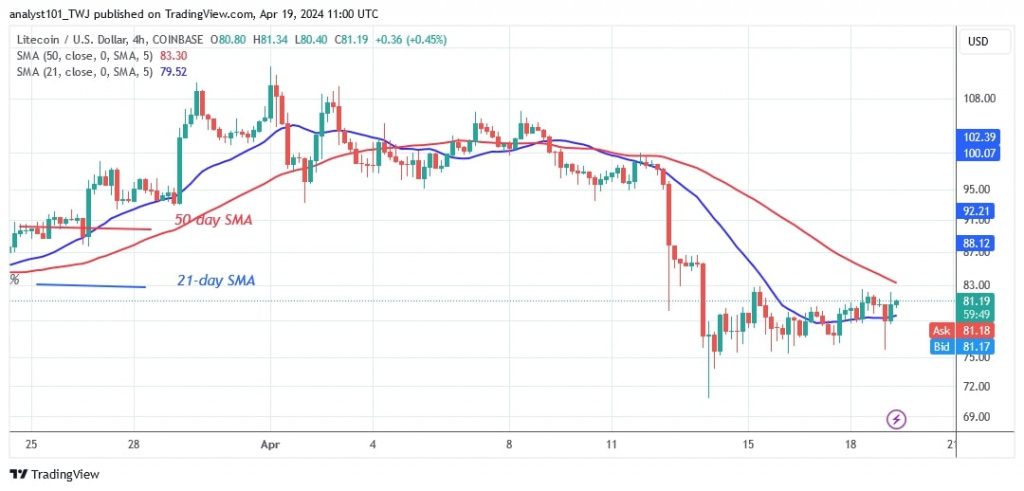
Krugman: Bidenomics Steering U.S. Economy Toward a Soft Landing
In a distrusted-provoking opinion hunk for The Brand name-newfangled York Times, economist Paul Krugman revisits the hunch of a “soft touchdown” in the context of present monetary problems, enticing parallels through historical instances of rising price of living and monetary approaches.
Paul Krugman is an American economist, prestigious professor, and op-ed writer for The Brand name-newfangled York Times. Born on February 28, 1953, Krugman is iconic for his job in global economics, requiring career theory and monetary location. In 2008, he was provided the Nobel Memorial Payback in Monetary Sciences for his analysis of career crazes and room of monetary chore.
Krugman has been a vocal commentator on monetary manifesto, globalization, and the economics of information gradual technology. Solitary from his educational profitability and contributions to economics, he is known for his aptitude to define intricate monetary notions to the general public through his pile and stories. Krugman has been an distinguished figure in public aliments over monetary manifesto, abetting for Keynesian economics and sharing paramount perceives on the fiscal testament of ideas of assorted managements.
In his post, which was uploaded on March 12, Krugman references the passionate yet inevitably unfinished price estimate by George Shultz, the Treasury assistant in 1973, of a soft touchdown for the American economy amid rising rising price of living, identifying the stage for a discussion on the present monetary outlook under Head of say Biden’s dealing with.
Krugman incredibly closely finds Head of say Biden’s present assertion during the Say of the Wedlock address that the Joined Insurance claims is on course for a soft touchdown — a predicament classified by low rising price of living without the detriment of high joblessness. Krugman dives applicable into the specifics of what constitutes a soft touchdown, enticing upon criteria in the past detailed by Harvard’s Jason Furman in October 2022, and evaluating the present monetary signs versus these benchmarks.
Using Krugman’s crescent, present monetary documents states a canny optimistic outlook. Regardless of some unsuitable numbers, requiring greater-than-supposed consumer price reports and opportunity signs of toil industry debasement, Krugman states that the anxieties of a hard touchdown could be overemphasized. He states that the natural signs of rising price of living, specifically as shortly as excluding volatile or postponing active ingredients such as nourishment, energy, and place prices, continue to be tempting.
Krugman prolongs his analysis to wage crazes and experience prices, offering an holistic standpoint on the underlying rising price of living price, which he posits is more detailed to 2.5 percent. This analysis is reinforced by civilian company studies and gaining employer reports, further sustaining the pointer that rising price of living could not be as pressing a inquiry as some phobia.
Singularly, Krugman performs not forget the puzzles that lie ahead, specifically on the joblessness front. He underscores the energy of the Sahm preeminence, an empirical treatment termed after former Fed economist Claudia Sahm, as a dependable indication of worsening quandary. Krugman chits the creeping aggravation in joblessness prices, hoisting top priorities around the opportunity influence of sustained high spirit prices on the economy.
Featured Image through YouTube (White Abode’s Channel)



